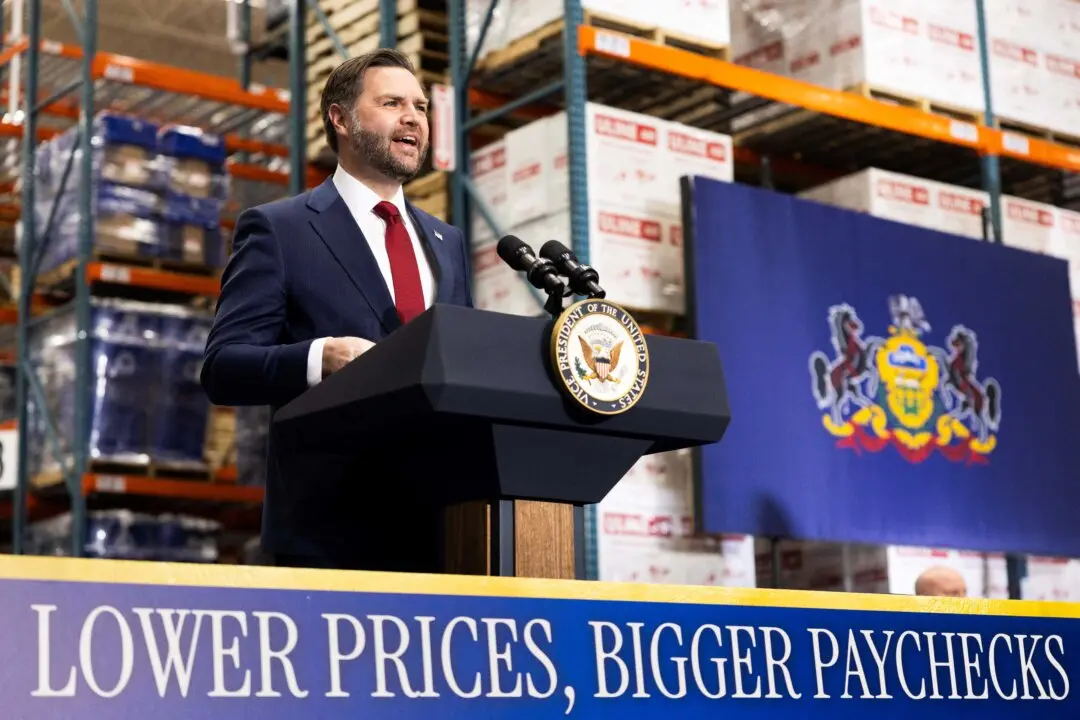California’s legal cannabis market has suffered a series of setbacks since June that have many questioning its future, with the largest distributor in the state forced to close and a global industry leader liquidating local facilities to free up much-needed cash reserves.
The closure of Herbl’s California operations—a distributor that served approximately 98 percent of retail clients in the state according to a 2022 company statement—created a shockwave of uncertainty across the industry, as reportedly about $10 million in unpaid invoices are involved in the foreclosure, with an untold number of brands left without compensation.





